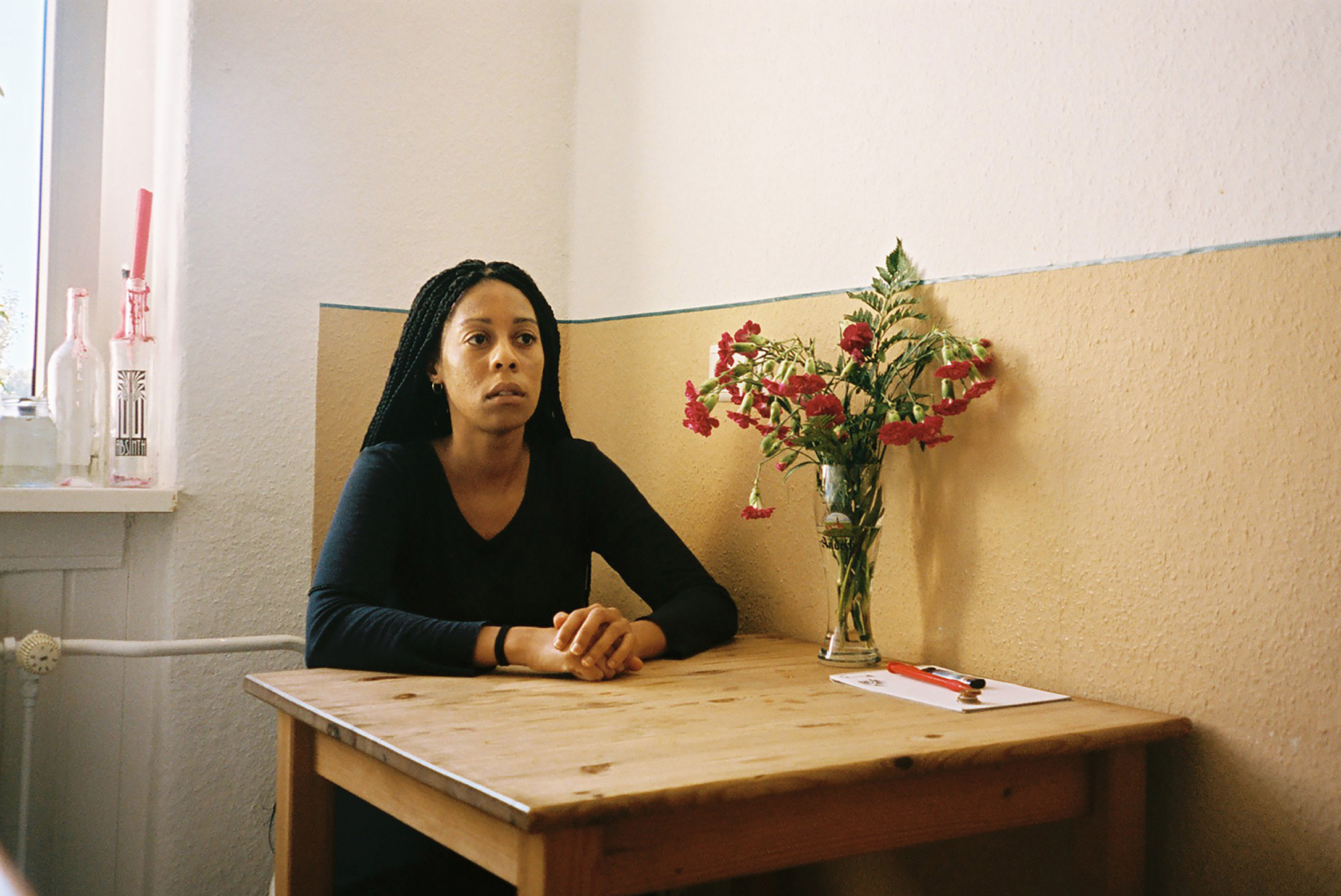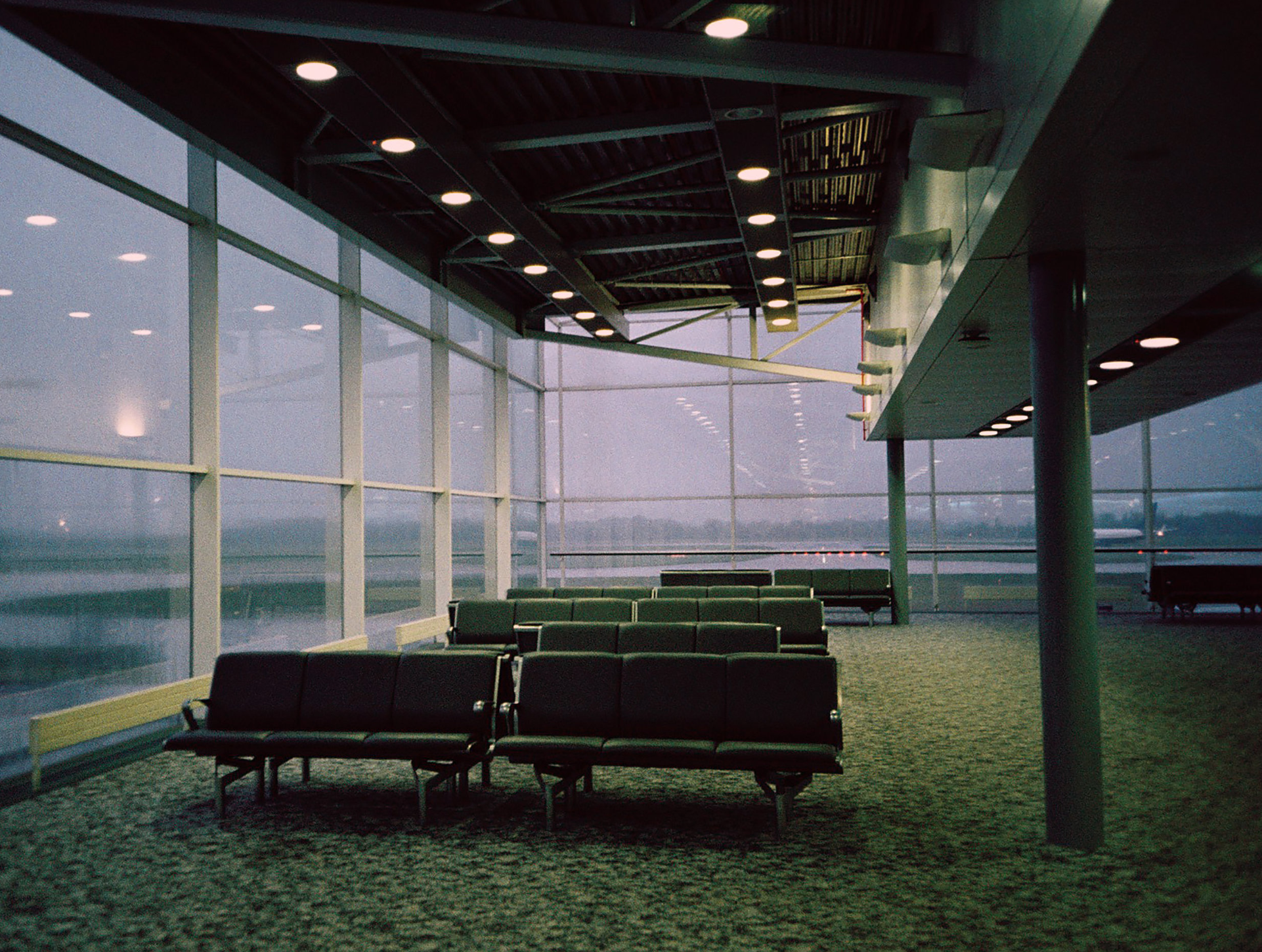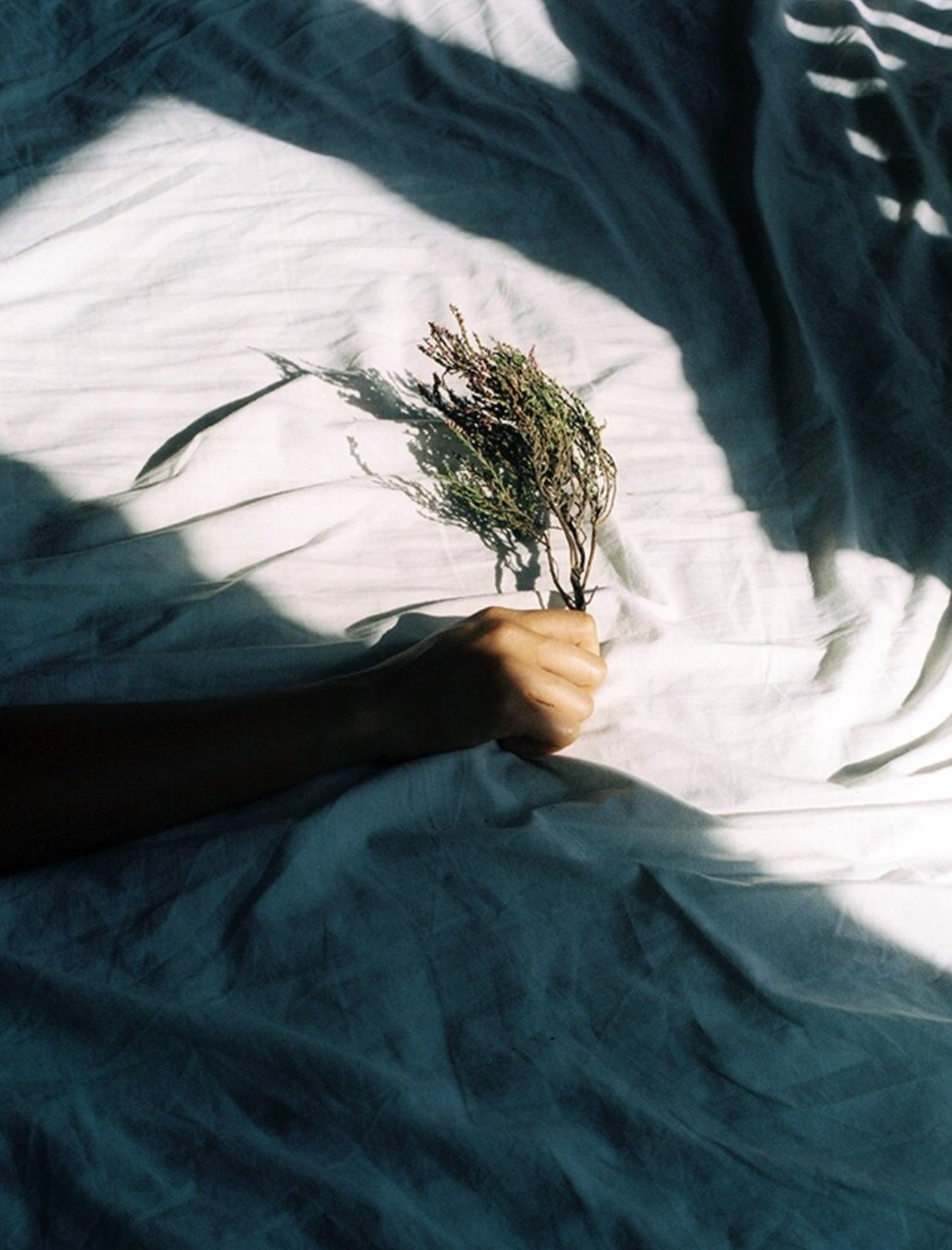Identity, memory & mental health
conversation with the photographer Marie Smith
Marie Smith’ practice engages with concerns stemmed from a curiosity regarding architectural juxtapositions that occur in complex landscape of London and beyond, using film photography. Her photography questions the relationship between identity and memory, architecture and environment and Smith uses herself as a case study to re-frame and explore themes around death and mental health. Erin Brown, one of Revolv’s writers spoke to Marie Smith about her creative practice, working process and asked for advice on how to deal with creative blocks.

Erin: In your practice you explore various notions, but I seem to notice other as well such as fear and absence, father and daughter relationship, childhood and memory, construction and emptiness. But what emerges the most is this idea of a shatter nostalgia and nature vs. the concrete. Could you speak a bit more about these ideas?
Marie: My identity is in constant flux to the environment that I inhabit and this makes me reflect upon the precariousness of life and the scope of one's existence. The concept of ‘shattered nostalgia’ is something I can relate to, and therefore I’m interested in exploring the concept of memory within my practice. I don’t think it’s possible to quantify every concept in my work and I prefer the viewer to interrupt what they see, there’s always an element of projection involved which is why I find it interesting that you have seen other themes within my work such as ‘fear’, this is
something I hadn’t considered but again this links back to memory. I tend not to feature any people in my work apart from myself, I’m very aware London is a hectic space. I’ve become drawn to quiet moments that one wouldn’t necessarily attribute to the capital city. This brings me to my current preoccupation with nature, I have been drawn to the concept of ‘nature’ for a while in my new series Blown out like a candle. I’m working on the juxtaposition between ‘nature and concrete suburbia’ as these two contradictory contexts feel alien to me, even though I grew up in London.
Erin: I read that your family immigrated to the UK from Jamaica. How do you think your origin impacted your photographic practice?
Marie: My mother came to UK as a child and my Dada was born in the UK. Although both originated from Jamaican families, I feel that their relationship to Jamaica was very different. My grandparents were economic migrants rather than immigrants. I got the impression that my Dada was slightly distant from this facet of his identity whilst my Mum had very vivid memories of her childhood in Jamaica and kept many keepsakes, preserving them meant that she had physical connection to her memories. I feel that her Jamaican identity was stronger than my Dad’s. I feel that I can relate to both perspectives which has fed into the disturbance of myself but also these are some of the reasons why I relate to the concept of ‘immigrant’ and ‘migrant’. Growing up in South London made me very aware of the historical narrative of my community and that influenced me, but also allowed me to claim ownership over the environment.
Erin: What do you hope people understand by viewing your images?
Marie: I hope that I can open up a dialogue with viewers who engage with my work, my aspiration is to create a body of work which challenges and dispels concepts and ideas around, identity, death and mental health. When I published my series White Trainers, which chronicles the suicide of my Father, I received some very encouraging feedback from people – mostly men – which was heart-warming.
Erin: How would you describe the genre in which your work falls?
Marie: Narrative Photography. My images tell a story whilst creating a discourse around different subject but to also allow the viewer to find their own story within my images. I believe that using myself as a case study enables me to create a level of intimacy.

Marie: For my BA degree, I studied Fine Art and didn’t have a particular focus within my work at the time. Photography was the most prominent part of my practice but I never thought of myself as a photographer. Initially I commenced with a digital camera, but quickly turned to film due to the consistency of film and the fact that it slowed down my working process, it made me a consider more and I began learning about cause and effect – from shooting to editing. Also the usage of film fits well with my writing, as both are crucial for my practice.
Erin: What are your methods and techniques of working? If you are starting a completely new project where would you begin and what would the process involve?
Marie: I always write my ideas down and this is my starting point for framing my ideas, I tend to talk to other creatives about my ideas as discussing helps me crystallise my ideas. Then when it comes to shooting a new series I would visit to the location first, if I’m shooting outside which I usually do. I would shoot the same location several times and use the same film on each location. Likewise, I would always photograph at the same time of day within the space of a month, to get consistency in the light, I tend to shoot in the afternoon, as the light is never too bright. I work alone, as I can’t focus as much when there are others around me – it is usually myself and my camera.

Erin: Contrarily, if you lose your inspiration in making new work, how do you get yourself out of it and start making work again?
Marie: This always happens! I believe it’s important not to get frustrated when it does as this is part of the process of creating. I try to have breaks and do other things when I’m not making new work or when I’m facing a creative block. I tend to go to exhibitions and do more reading and concentrate on my writing a bit more.
Erin: After completing your Master’s degree how did you begin to put your name out in the public domain e.g. funding, online presence, exhibitions, networking etc. ?
Marie: I began updating my CV and website, making sure that my personal statement reflected my practice whilst allowing myself flexibility when new ideas come into fruition. As I did an MA in History of Art, I overcame a slight personal apprehension about academic writing and now this element has become part of my practice as this also creates a conversation with my photography. I think many photographers are adopting a duality in their practice so I would encourage writing if this is something that appeals to you. I think having an MA has given me more experience and confidence which has made submitting my work for exhibitions easier. Having an active profile is important to funders as well as they need to see what they are investing so I would always ensure that your website and printed portfolio is up to date. Don’t forget to get business cards printed they are always handy to have when networking!
Text by Erin Brown
All images by Marie Smith